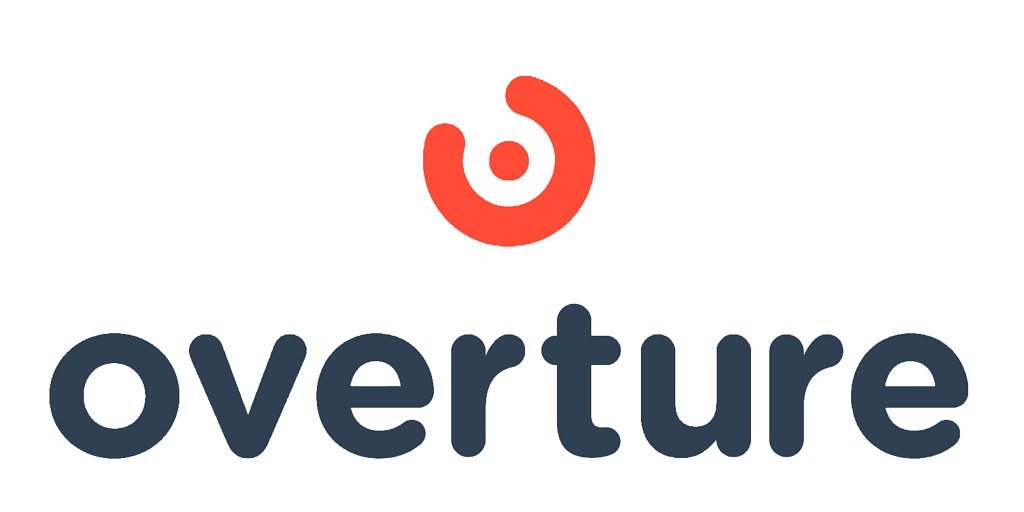
Automated Egg Freezing Gains Traction: A New Era for Fertility Treatment?
Overture Life's CE Mark approval for its DaVitri platform signals a shift in assisted reproductive technology. But can automation truly lower costs and improve access to fertility treatment?
Automated Egg Freezing Gains Traction: A New Era for Fertility Treatment?
NEW YORK, NY – November 20, 2025
A new device promising to revolutionize egg freezing has received the green light for commercial use in Europe, raising both hopes and questions about the future of assisted reproductive technology (ART). Overture Life, a company focused on automating IVF procedures, recently secured CE Mark approval for its DaVitri platform, marking a significant step forward for robotic vitrification. While proponents hail the technology as a potential game-changer, offering improved outcomes and increased accessibility, concerns remain about the cost of such advanced procedures and its broader impact on the evolving landscape of fertility treatment.
The Rise of Automated Fertility
The DaVitri platform isn't just another incremental improvement in IVF; it represents a fundamental shift towards automation. Traditionally, egg freezing, or vitrification, is a highly manual process requiring skilled technicians and meticulous attention to detail. DaVitri aims to standardize this process using microfluidics and robotics, reducing human error and increasing efficiency. “The goal isn’t to replace embryologists, but to augment their skills and free them up to focus on more complex tasks,” explains one industry expert, who wished to remain anonymous. The company claims this automation will improve post-thaw blastocyst development rates, a critical factor in successful IVF cycles.
Overture Life’s approach isn’t limited to egg freezing. Its portfolio includes robotic fertilization and AI-powered embryo selection, painting a picture of a fully automated IVF lab. This focus on automation comes at a time when the ART market is experiencing considerable growth, driven by factors like delayed parenthood and increasing awareness of fertility options. However, the high cost of IVF remains a significant barrier for many.
Cost, Access, and the Equity Question
The United States currently has some of the highest IVF costs in the world, often exceeding $15,000 per cycle. This financial burden places fertility treatment out of reach for a significant portion of the population. While Overture Life positions DaVitri as a potential cost-reducing technology, the actual impact remains to be seen. “Automation can definitely reduce labor costs and improve efficiency, but that doesn’t necessarily translate to lower prices for patients,” says a financial analyst specializing in healthcare technology. “The cost of the equipment itself, maintenance, and specialized training all need to be factored in.”
Furthermore, the availability of advanced technologies like DaVitri may exacerbate existing inequities in access to fertility treatment. Clinics in affluent areas are more likely to adopt such technologies, potentially creating a two-tiered system where those with greater financial resources receive more advanced care. “We need to ensure that these technologies are accessible to everyone, regardless of their socioeconomic status,” states a patient advocate working with fertility clinics. “That means finding ways to reduce costs, increase insurance coverage, and expand access to care in underserved communities.”
Navigating a Complex Regulatory Landscape
The regulatory pathway for automated ART technologies is becoming increasingly complex. Both the U.S. Food and Drug Administration (FDA) and the European Medicines Agency (EMA) are grappling with how to evaluate and approve these innovative devices. Ensuring patient safety and efficacy remains paramount, but regulators also need to foster innovation and avoid stifling technological advancements.
Overture Life’s recent CE Mark approval demonstrates its ability to navigate the European regulatory framework. The company has also invested in a CLIA-licensed laboratory in the U.S., signifying its commitment to meeting stringent quality standards. However, the approval process isn’t always straightforward. “These devices require rigorous testing and validation,” explains a regulatory consultant specializing in medical devices. “Regulators need to be confident that they are safe, effective, and won’t introduce any unintended risks.”
The growing use of artificial intelligence (AI) in ART also presents unique regulatory challenges. AI algorithms need to be transparent, explainable, and free from bias. Ensuring data privacy and security is also crucial. “We’re entering a new era of personalized medicine,” says one industry expert. “Regulators need to adapt to these changes and develop appropriate frameworks to ensure patient safety and ethical practice.”
Overture Life’s move to automate aspects of fertility treatment is poised to change the face of the industry, and it remains to be seen whether the promised benefits will outweigh the challenges. While questions around affordability and equitable access must be addressed, the potential to improve outcomes and empower patients remains substantial.
📝 This article is still being updated
Are you a relevant expert who could contribute your opinion or insights to this article? We'd love to hear from you. We will give you full credit for your contribution.
Contribute Your Expertise →